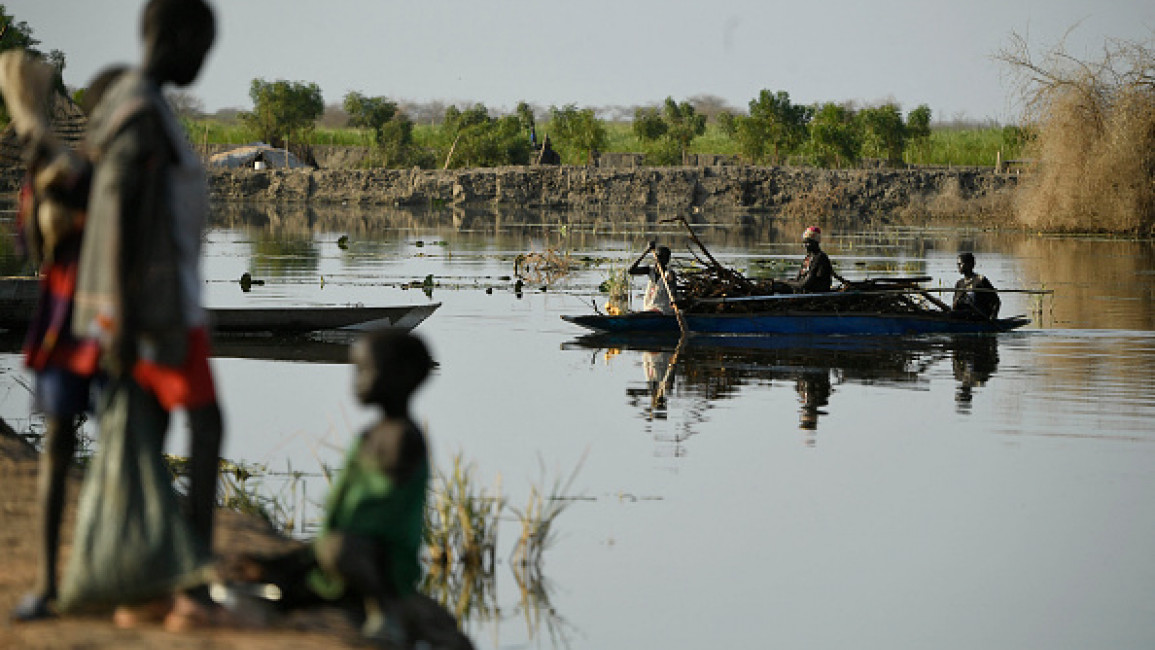Displaced Sudanese face threat of floods amid ongoing fighting
War-struck Sudan is facing increased likelihood of deadly flooding in the coming months, according to new data released by the United Nations, compounding the woes of internally displaced people along the Nile river.
"Heavy rains could lead to river flooding, potentially affecting humanitarian access to IDP populations," said the Office for Coordination of Humanitarian Affairs (OCHA).
"The most recent seasonal forecast for May - July 2023 indicates the possibility of heavier than normal rainfall."
The risk of infectious disease is vastly accelerated during times of flood, and with the Sudanese health service in freefall, aid agencies are concerned that the effects of adverse weather could be made worst, in addition to the ongoing fighting,
According to the Sudanese Doctors Union, only 29 hospitals are still functioning across the country, leaving a population of over 45 million with near nowhere to seek medical help during the current war.
The White Nile is currently hosting the largest number of internally displaced Sudanese, according to the International Organization for Migration - and is most likely to be affected by summer floods.
Heavy rainfall, predicted for South Sudan, could wreak havoc downstream as the Nile carries flood waters across the border.
According to the World Bank, Sudan and South Sudan are both global hotspots for river flood risk - amplifying the effects of conflict, after countries such as Somalia, Liberia and Bangladesh.
It is estimated that 18,200 houses were completely destroyed in flash floods of August 2022, across Western Darfur, White Nile and Kordofan.
Climate change has increased the likelihood of extreme weather events across Sudan, that could leading to a cycle of famine and flood risking millions of lives.



